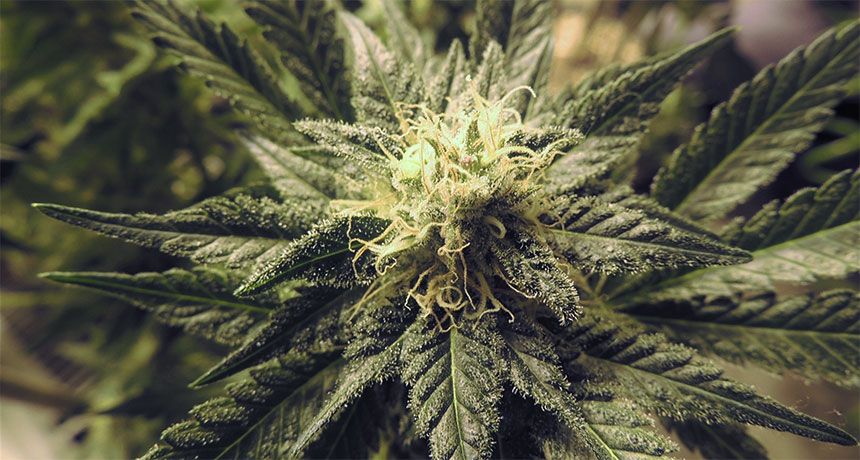It’s probably not a huge surprise to know that a 2015 survey revealed that approximately 22 million people aged 12 or over, living in the United States, took some form of cannabis within the last month. The results also showed that around 10 percent of those people surveyed used cannabis solely for medical reasons, while 36 percent used it as a mix between medical and recreational use. So, what is it in cannabis that is making it so popular?
A recent report issued by the National Academies of Sciences, Engineering and Medicine promotes the need for further research into the effects of cannabis and related products including cannabinoids and marijuana. While many people have accepted this drug as an efficient and safe form of treatment for certain ailments, others are still skeptical due to the lack of real data regarding the true health effects of cannabis use – both good and bad. The trouble is because the drug is classified as a Schedule 1 drug, it’s not accepted for medical purposes under this law and makes it difficult for researchers to study cannabis.
While the reports recommend the reclassification of the drug to make it easier to research, there are no guarantees it will be done. But, it would make sense. Cannabis is already accepted in 28 states, and the District of Columbia as a legal medical treatment and recreational pot use is perfectly legal in 8 of those and Washington D.C. But, on the flip side, committee chair, Marie McCormick, a Harvard T.H. Chan School of Public Health pediatrician, says, “This growing acceptance, accessibility, and use of cannabis and its derivatives have raised significant public health concerns.” So, is it safe or not?
The report concludes that cannabis and cannabinoids show potential for medical use as it has been seen to reduce chronic pain in some adults significantly. Thanks to cannabis and cannabinoids, people living with multiple sclerosis have seen a temporary reduction in muscle spasms after ingesting cannabis-derived pills while chemotherapy patients experience less nausea and vomiting as a result of taking cannabinoids. This is hard evidence. Pharmacologist Karen Wright of Lancaster University says, “If cannabis was to be classified as a medicine, then it needs to be rigorously tested like all other medicines.” Wright is hopeful that the report will encourage more testing to be done on cannabis products to further develop possible medical treatments.
However, before cannabis can and will be accepted mainstream as an acceptable form of medical treatment, more research will need to be done into its effects on both physical and mental health. Research carried out so far confirms that unlike smoking cigarettes, smoking marijuana doesn’t increase the risk of developing head, neck, or lung cancer. However, it’s still unclear as to whether other forms of cancers, strokes, heart attacks, and diabetes are affected. Although marijuana smoking is not directly related to respiratory diseases, regular use could lead to chronic bronchitis episodes and research has confirmed there is a relationship between cannabis use and the development of certain psychological disorders such as schizophrenia. But there is limited data to suggest that smoking pot is in any way related to unemployment, academic problems, or a lowered income in later life.
More News To Read
- There’s an Electricity Revolution and It’s Happening Right Now
- Machine Learning Software Allows More Accurate Diagnosis’ for Heart Failure Patients
- Paralyzed Man Walks Again Thanks to Bionic Suit
- Internet of Things and Artificial Intelligence Go Hand in Hand and Here’s Why
- DNA Can Now Be Analyzed Using This Simple App











